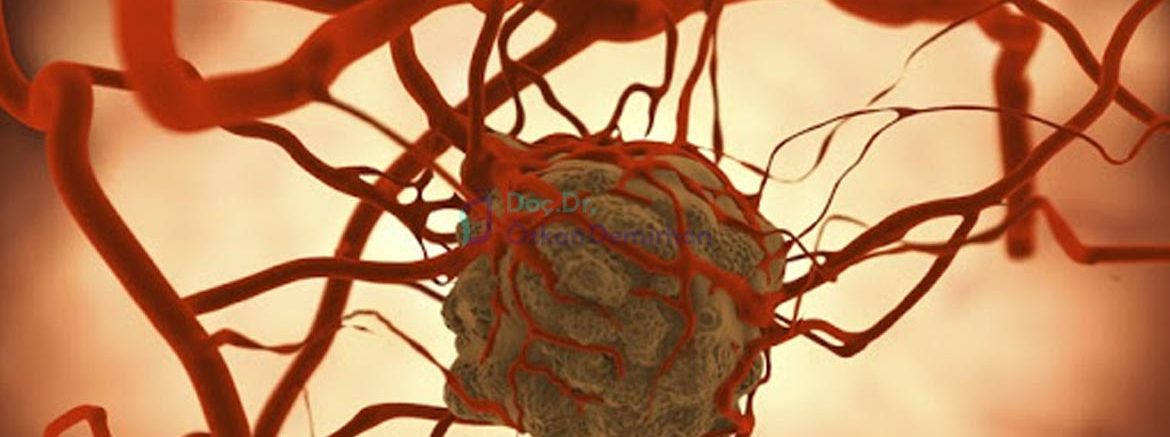Only 15% of all lung cancer patients live 5 years or more after diagnosis. While the incidence of lung cancer increases in women, it decreases in men. Recent analyzes have also shown an increase in non-smokers. The reason for this is unknown.
The most important factor among the causes of lung cancer is smoking. Smoking is responsible for about 85-90% of lung cancers. Smoking increases the risk of lung cancer 30 times compared to non-smokers. Passive smoking also doubles the risk. The mortality rate in smokers for more than ten pack-years (10 years of smoking one pack a day) is significantly higher than in non-smokers. Risk; It varies according to the number of cigarettes used and the duration of use. The risk of developing lung cancer after quitting smoking decreases to a level close to non-smokers in 15 years.
Another important factor that plays a role in the formation of lung cancer in Turkey is contact with asbestos. Asbestos, an airborne mineral compound that breaks down into small particles; it is a carcinogen known to increase the risk of lung cancer in people exposed to airborne fibers, especially smokers. Contact with asbestos increases the risk of cancer 90 times in smokers. It is thought that 3-4% of lung cancers are caused by exposure to asbestos. The risk of lung cancer increases in those who are exposed to radiation.
Radon gas is another radioactive substance that plays a role in the etiology of lung cancer and can be found at high rates in different regions in nature. Radon gas, a radioactive gas produced by the decay of radium 226, is the second leading cause of lung cancer.
Degradation of this isotope leads to the production of substances that emit alpha particles, which can cause cell damage and thus increase the potential for malignant transformation.
In chronic obstructive pulmonary disease (COPD), recurrent lung inflammation and the development of cancer in the scar tissues of the lung (eg: due to tuberculosis) are increased. In the so-called “Field” effect, lung cancer is seen more frequently, especially in people with head and neck cancer. This is due to the carcinogenic factor acting on the entire epithelial surface.
Additional risk factors include family history and exposure to other carcinogens such as bis (chloromethyl) ether, polycyclic aromatic hydrocarbons, chromium, nickel, and organic arsenic compounds.

